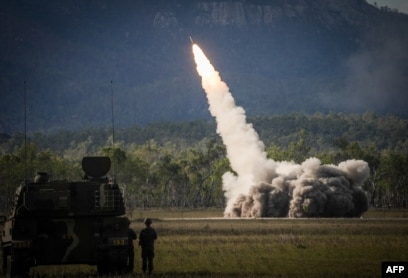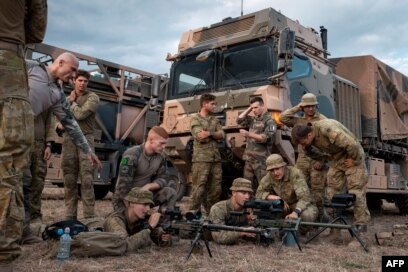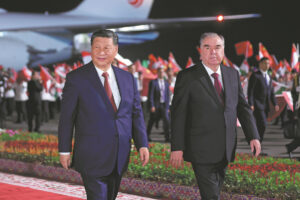The Talisman Saber war games in Australia, involving the United States (US), Germany and Indonesia, are seen as an effort to strengthen alliances to ensure a free and open Indo-Pacific region, amid China’s increased military power in the region.
United States (US) Secretary of Defense Lloyd Austin and Australian Defense Minister Richard Marles met with soldiers from various countries participating in the Talisman Saber war game in Townsville, Australia, Sunday (30/7).
The Talisman Saber this time was held for two weeks and involved more than 30,000 troops and participants from 13 countries, to show strength and unity amid China’s increasing military power in the region.
“There is really a sense that the partner countries, namely the thirteen countries participating in Exercise Talisman Saber, are building rapport with each other in this exercise, which enhances the shared security of the Indo-Pacific region,” said Australian Defense Minister Richard Marles .
The war games every two years which are held in several locations in Australia include simulations of ground and air combat, as well as amphibious landings.
“We will continue to support our allies and this exercise helps us strengthen our unbreakable alliance and mission for a free and open Indo-Pacific region. I am proud, very proud, because the 13 nations participating in this year’s exercises share the same vision,” said US Secretary of Defense Lloyd Austin.

As well as Australia and the US, military forces from Canada, Fiji, France, Germany, Indonesia, Japan, New Zealand, Papua New Guinea, Republic of Korea, Tonga and the UK are participating in the exercise.
Germany is participating for the first time with 210 paratroopers and marines, as it seeks to increase its presence in the region.
The joint exercise was marked by the crash of an Australian Defense Force (ADF) helicopter in the open seas of the state of Queensland on Friday (28/7). At least four people are feared dead after the crash.
Defense Secretary Lloyd said the US was “supporting search and rescue efforts” and stood ready to provide “further assistance.”
US Secretary of State Antony Blinken and Defense Secretary Lloyd on Saturday (29/7) expressed concern over the missing Australian army helicopter crew during the second day of bilateral meetings with their partners in Brisbane. Discussions in the coastal city focused on negotiating a deal to provide Australia with a fleet of nuclear-powered submarines with US-developed technology.
Australia will also purchase three Virginia-class submarines from the US and build five new AUKUS-class submarines under the AUKUS – Australia, UK and US partnership. The Virginia type submarine, also known as SSN-774, is the latest nuclear-powered cruise missile fast attack submarine in service with the US Navy.

The US itself will boost its dwindling arms supply by helping Australia develop its missile manufacturing and export industries, officials said Saturday, after a high-level meeting of the two countries.
The US will now work with Australia to develop its fledgling domestic missile industry, with the aim of securing a steady supply of missiles for its own military going forward.
The war in Ukraine has strained the US military’s supply chain and depleted stockpiles of missiles and other ammunition.
Australia itself is currently embarking on an overhaul of its armed forces, shifting focus to strengthening its long-range strike capabilities in a bid to keep its potential enemy China at arm’s length.
“We hope missile manufacturing in Australia will start in two years as part of a joint industrial base between our two countries. This is a very significant step forward in our relationship and our defense industry relationship,” said Australian Defense Minister Marles
Canberra also agreed to upgrade its strategically important military base in the north of the country, allowing it to host military exercises and increase US troop rotation. [rd/em]
Source : VOA Indonesia











